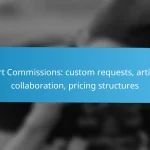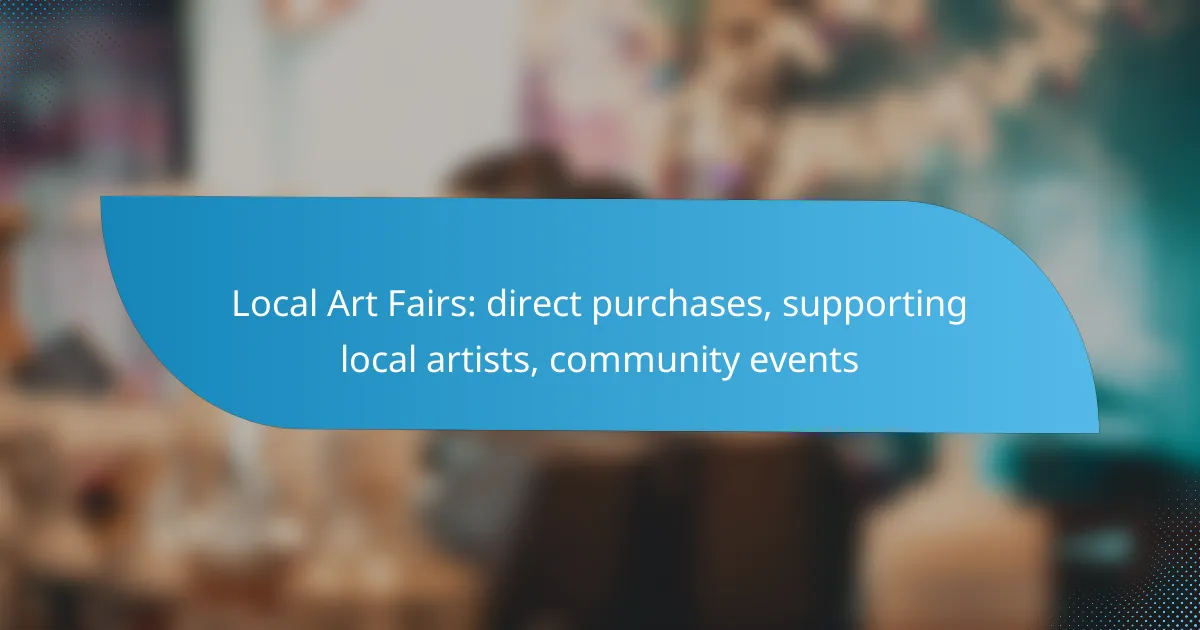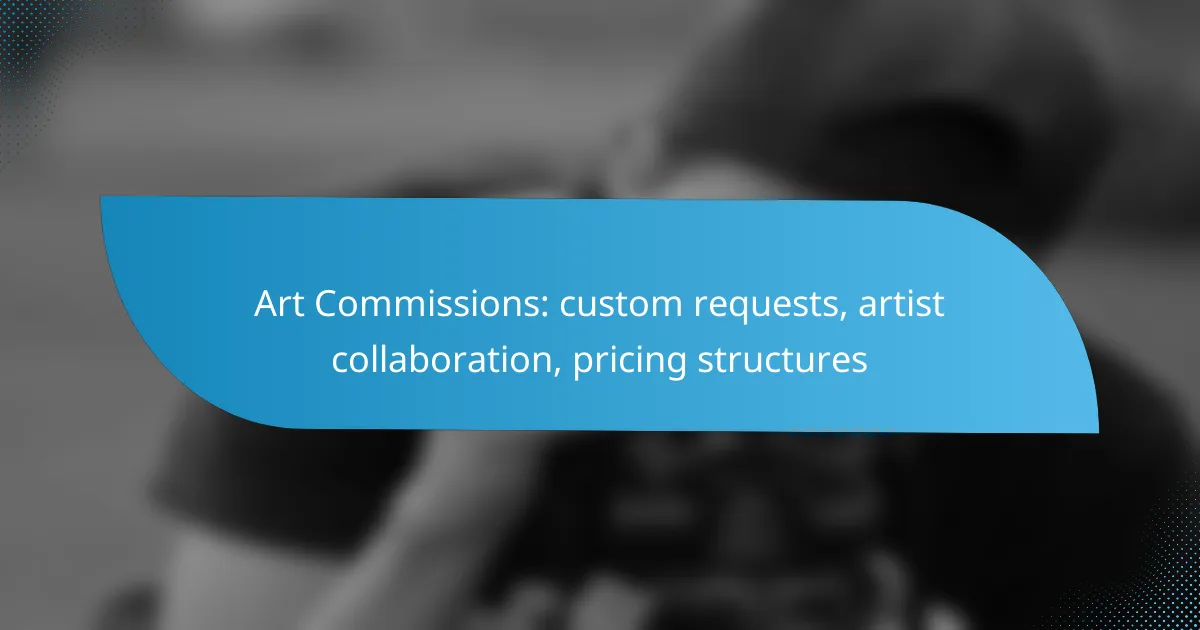Local art fairs offer a vibrant platform for purchasing unique artworks directly from talented artists, fostering community connections and supporting the local economy. These events showcase a diverse array of artistic creations, allowing visitors to engage with the creative process and discover one-of-a-kind pieces that reflect the region’s cultural richness.
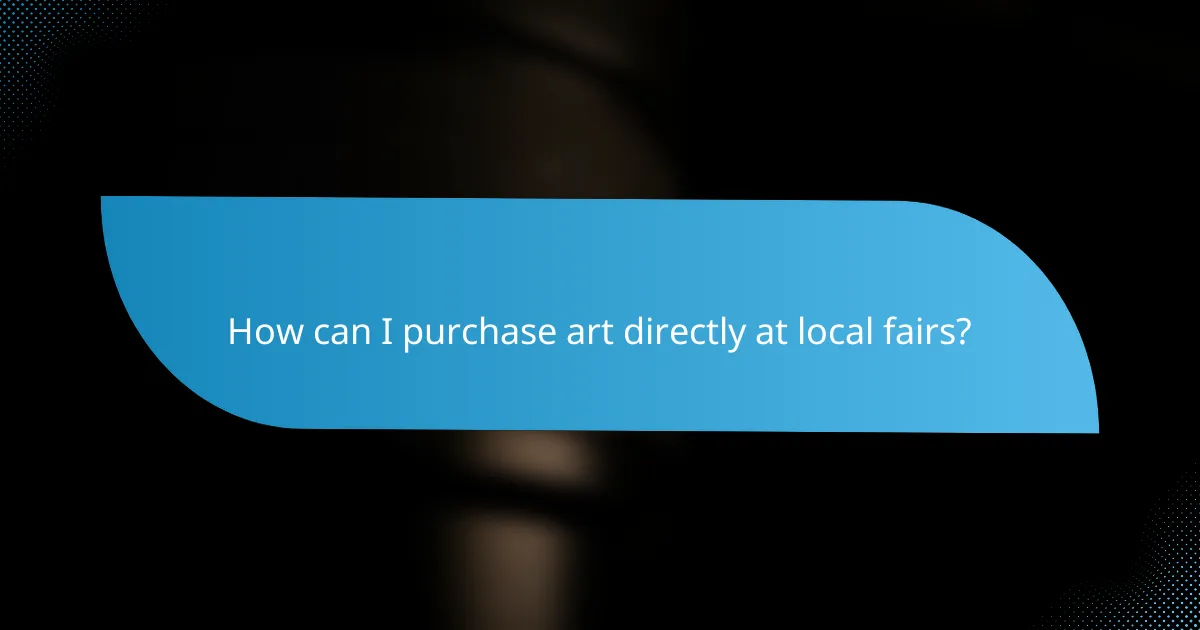
How can I purchase art directly at local fairs?
You can purchase art directly at local fairs by engaging with artists and making transactions on-site. These events often provide a unique opportunity to buy original pieces while supporting local talent and fostering community connections.
Cash and card payment options
Most local art fairs accept both cash and card payments, making it convenient for buyers. Cash is often preferred by artists for immediate transactions, while card payments provide a secure option for larger purchases.
When attending a fair, it’s wise to carry a mix of both payment methods. Some vendors may have a minimum purchase amount for card transactions, so check in advance to avoid any surprises.
Online pre-purchase systems
Many local art fairs now offer online pre-purchase systems, allowing you to buy tickets or reserve artwork before the event. This can be particularly useful for high-demand pieces or popular artists.
Check the fair’s official website for details on how to use these systems. Pre-purchasing can save time and ensure you don’t miss out on your desired artwork.
Local artist payment methods
Local artists may have specific payment methods they prefer, including mobile payment apps like Venmo or PayPal. These options can facilitate quick and easy transactions, especially for smaller purchases.
Before making a purchase, ask the artist about their preferred payment method. This not only supports their business practices but also helps you complete the transaction smoothly.

What are the benefits of supporting local artists?
Supporting local artists provides numerous advantages, including economic growth, access to unique artwork, and the enhancement of community identity. By purchasing directly from artists, individuals contribute to the local economy and foster a vibrant cultural scene.
Economic impact on the community
Investing in local artists stimulates the economy by keeping money within the community. When residents buy artwork from local creators, it helps sustain jobs and encourages the growth of small businesses, which can lead to more community events and initiatives.
Moreover, local art fairs often attract visitors, boosting sales for nearby shops and restaurants. This ripple effect can significantly enhance the overall economic health of a neighborhood.
Unique and original artwork
Purchasing from local artists allows buyers to acquire unique and original pieces that reflect the community’s character. Unlike mass-produced items, locally made art often carries personal stories and cultural significance, making it more meaningful.
Additionally, supporting local creators helps ensure that diverse artistic expressions are preserved and celebrated. This can lead to a richer variety of styles and mediums available in the market, appealing to a wider audience.
Building local cultural identity
Local artists play a crucial role in shaping and expressing the cultural identity of a community. Their work often reflects local history, traditions, and values, fostering a sense of pride among residents.
By supporting these artists, community members help maintain and promote their unique cultural narratives. This not only enhances local heritage but also encourages future generations to engage with and appreciate their artistic roots.
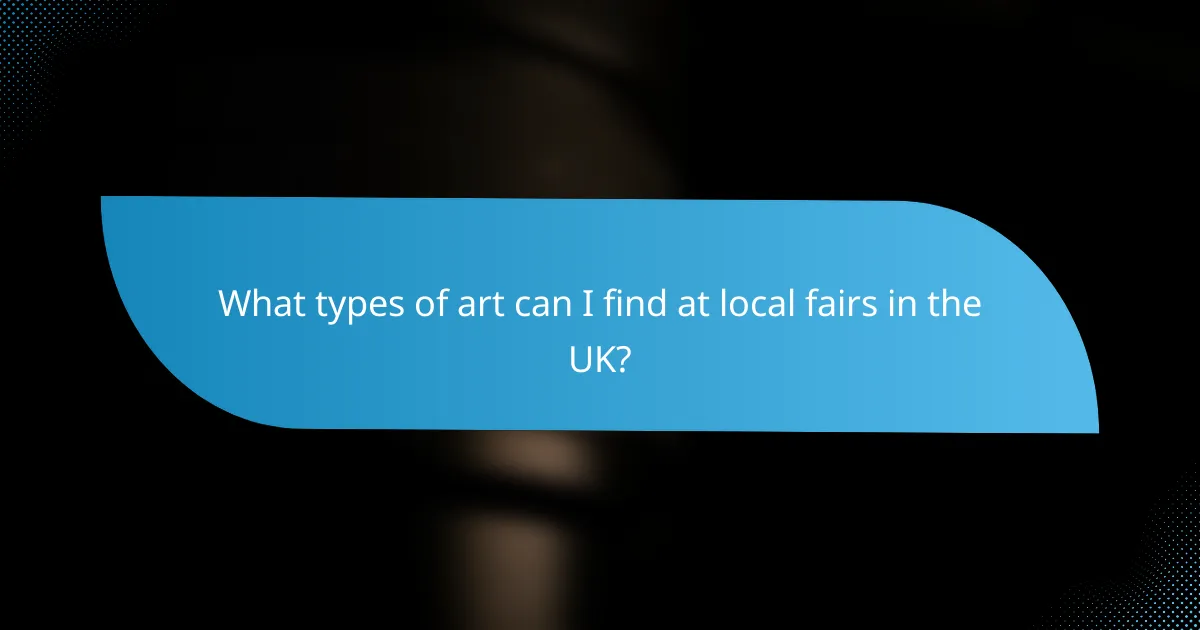
What types of art can I find at local fairs in the UK?
Local art fairs in the UK showcase a diverse range of artistic creations, offering unique opportunities to purchase directly from artists. Visitors can expect to find everything from traditional paintings to contemporary crafts, all reflecting the rich cultural landscape of the region.
Paintings and sculptures
At local fairs, you can discover a variety of paintings and sculptures that highlight the talents of local artists. These artworks often range from traditional oil paintings to modern abstract pieces, catering to different tastes and preferences.
When purchasing paintings or sculptures, consider the artist’s style and the story behind the work. Prices can vary widely, typically starting from around £50 for smaller pieces to several thousand for larger, more intricate works.
Photography and mixed media
Photography and mixed media art are popular at local fairs, showcasing unique perspectives and innovative techniques. Artists often combine photography with other materials, creating striking visual narratives that stand out.
Look for limited edition prints or one-of-a-kind pieces that resonate with you. Prices for photographic works can start at approximately £30, while mixed media pieces may range from £100 to £500, depending on complexity and size.
Handcrafted jewelry and textiles
Handcrafted jewelry and textiles are essential components of local art fairs, offering visitors the chance to purchase unique, wearable art. Artisans often use local materials and traditional techniques, ensuring that each piece has a distinct character.
When shopping for jewelry or textiles, consider the craftsmanship and materials used. Prices for handcrafted jewelry typically start around £20, while textiles, such as scarves or bags, can range from £30 to £150, depending on the intricacy and materials involved.
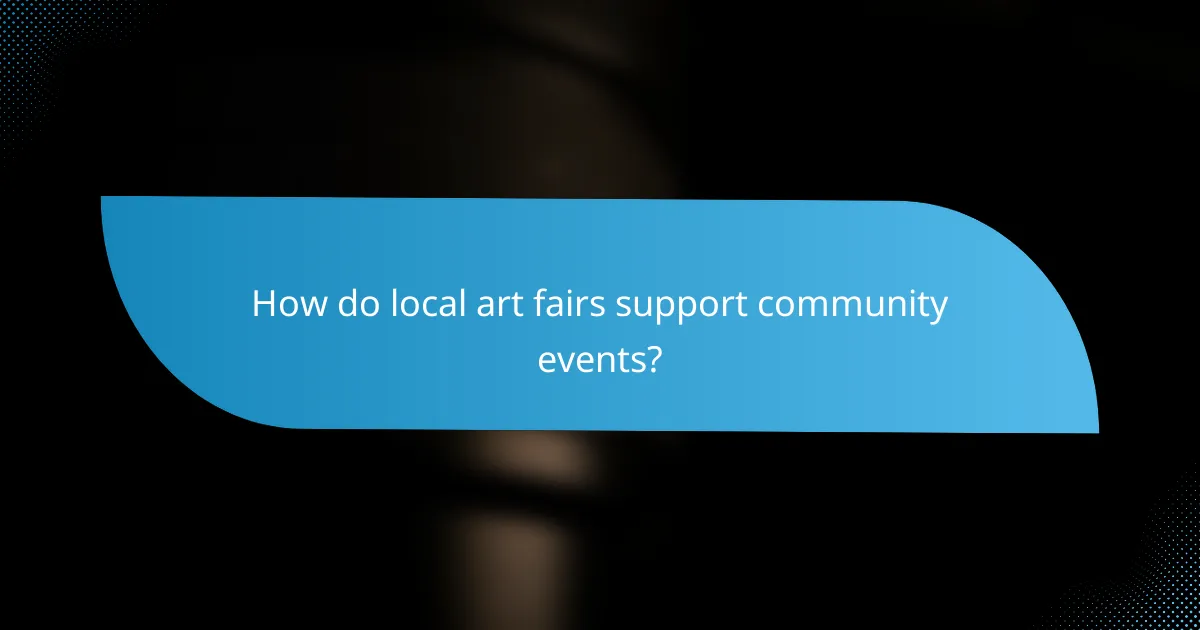
How do local art fairs support community events?
Local art fairs play a crucial role in fostering community events by bringing together artists, art enthusiasts, and the general public. These gatherings create a vibrant atmosphere that encourages cultural exchange, supports local economies, and enhances community engagement.
Networking opportunities for artists
Art fairs provide valuable networking opportunities for artists to connect with peers, potential buyers, and industry professionals. By showcasing their work in a communal setting, artists can build relationships that may lead to collaborations, exhibitions, or commissions.
Attending these events allows artists to gain insights into market trends and audience preferences, which can inform their future work. Engaging with other creatives can also inspire new ideas and techniques, enhancing their artistic practice.
Workshops and interactive sessions
Many local art fairs feature workshops and interactive sessions that invite community members to participate in the creative process. These activities not only educate attendees about various art forms but also encourage hands-on engagement, making art more accessible.
Workshops can range from painting and sculpture to digital art and photography, catering to different skill levels. By participating, individuals can develop their artistic skills while fostering a sense of community through shared experiences and learning.

What should I consider when attending a local art fair?
When attending a local art fair, consider the event’s location, accessibility, and the variety of artists showcasing their work. Understanding these factors can enhance your experience and help you make informed purchasing decisions while supporting local talent.
Event location and accessibility
The location of an art fair is crucial for convenience and attendance. Look for events held in community centers, parks, or popular public spaces that are easy to reach by public transport or car. Check for parking availability and any accessibility options for individuals with disabilities.
Consider the timing of the event as well. Many local art fairs occur during weekends or public holidays, making them more accessible to a broader audience. Verify the fair’s hours to ensure you have ample time to explore the exhibits and interact with artists.
Types of artists and their backgrounds
Local art fairs typically feature a diverse range of artists, from emerging talents to established professionals. Familiarize yourself with the types of art presented, such as paintings, sculptures, or crafts, and the backgrounds of the artists. This knowledge can enhance your appreciation of their work and inform your purchasing choices.
Many artists at these fairs are often local residents who draw inspiration from their surroundings. Engaging with them can provide insights into their creative processes and the stories behind their pieces. Look for artist bios or statements that may be displayed alongside their work to learn more about their influences and techniques.

How do local art fairs compare to online art marketplaces?
Local art fairs offer a unique experience compared to online art marketplaces by allowing direct interaction with artists and their work. While online platforms provide convenience and a wider selection, art fairs emphasize community engagement and support for local creators.
Direct Purchases
At local art fairs, buyers can make direct purchases from artists, often at a lower cost than online marketplaces due to the absence of shipping fees and platform commissions. This face-to-face interaction allows buyers to ask questions and gain insights about the artwork, enhancing the purchasing experience.
In contrast, online art marketplaces may charge additional fees, which can inflate prices. Buyers should consider these costs when comparing options, as local fairs often provide more affordable alternatives while supporting the local economy.
Supporting Local Artists
Attending local art fairs directly supports local artists by providing them with a platform to showcase and sell their work. This financial support helps sustain their practice and fosters a vibrant arts community.
Online marketplaces may feature local artists, but the connection is often less personal. By purchasing directly at a fair, buyers can contribute to the artist’s livelihood and engage with their creative process, strengthening community ties.
Community Events
Local art fairs are not just about buying art; they are community events that foster social interaction and cultural exchange. These gatherings often include live demonstrations, workshops, and performances, making them a hub for creativity and collaboration.
In contrast, online art marketplaces lack this communal aspect. While they offer convenience, they do not replicate the sense of belonging and shared experience that local fairs provide, making them an essential part of the local cultural landscape.




